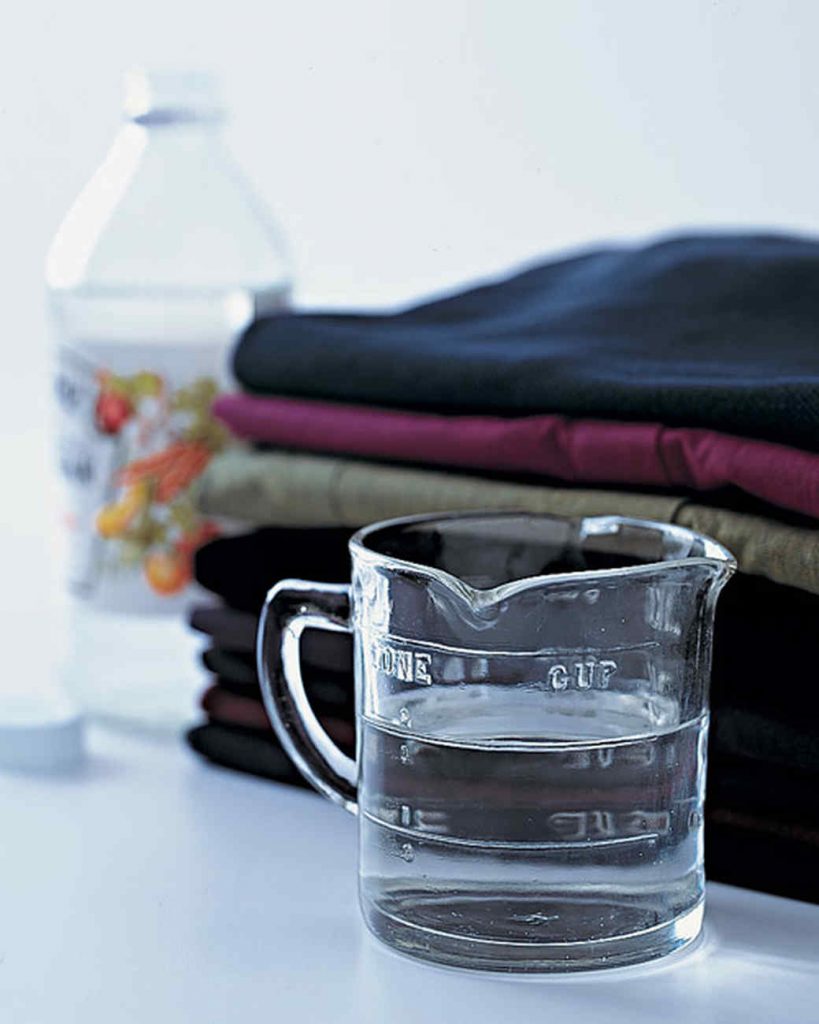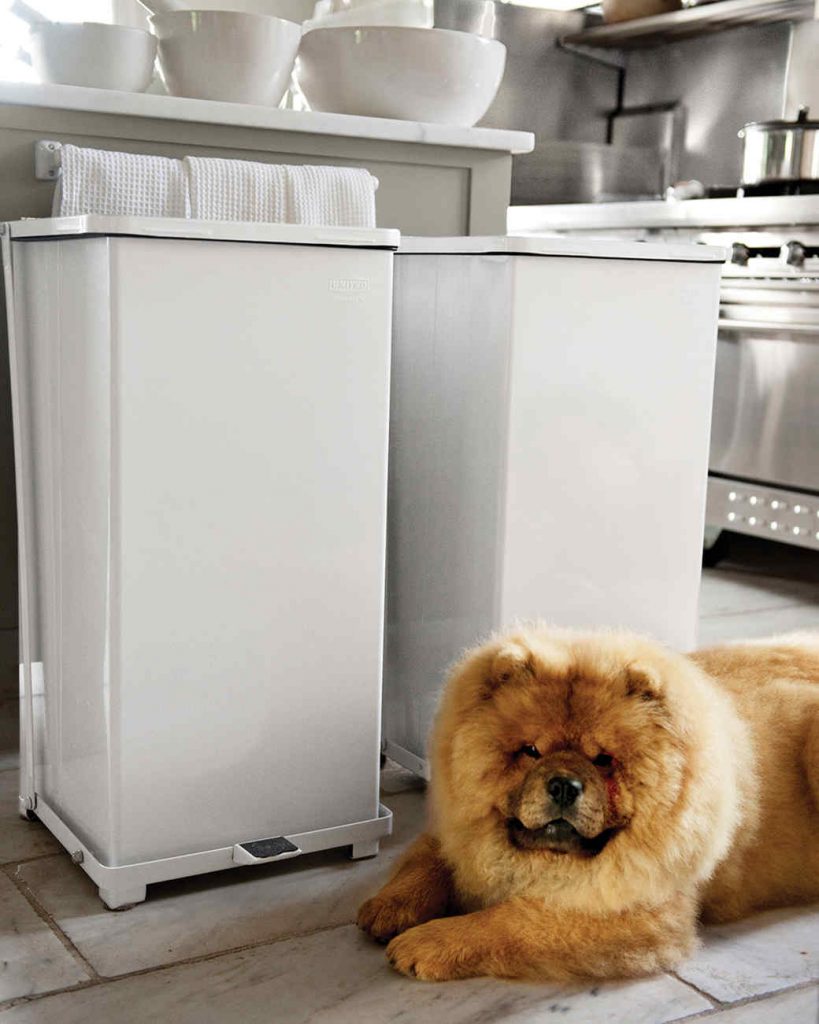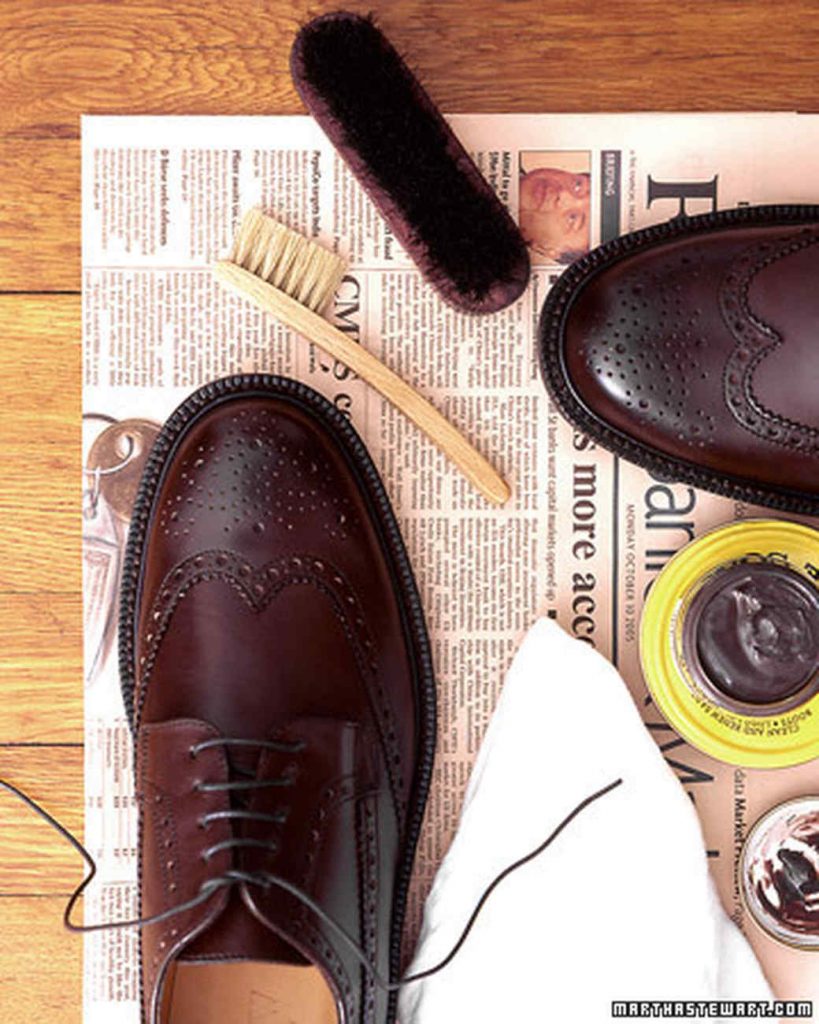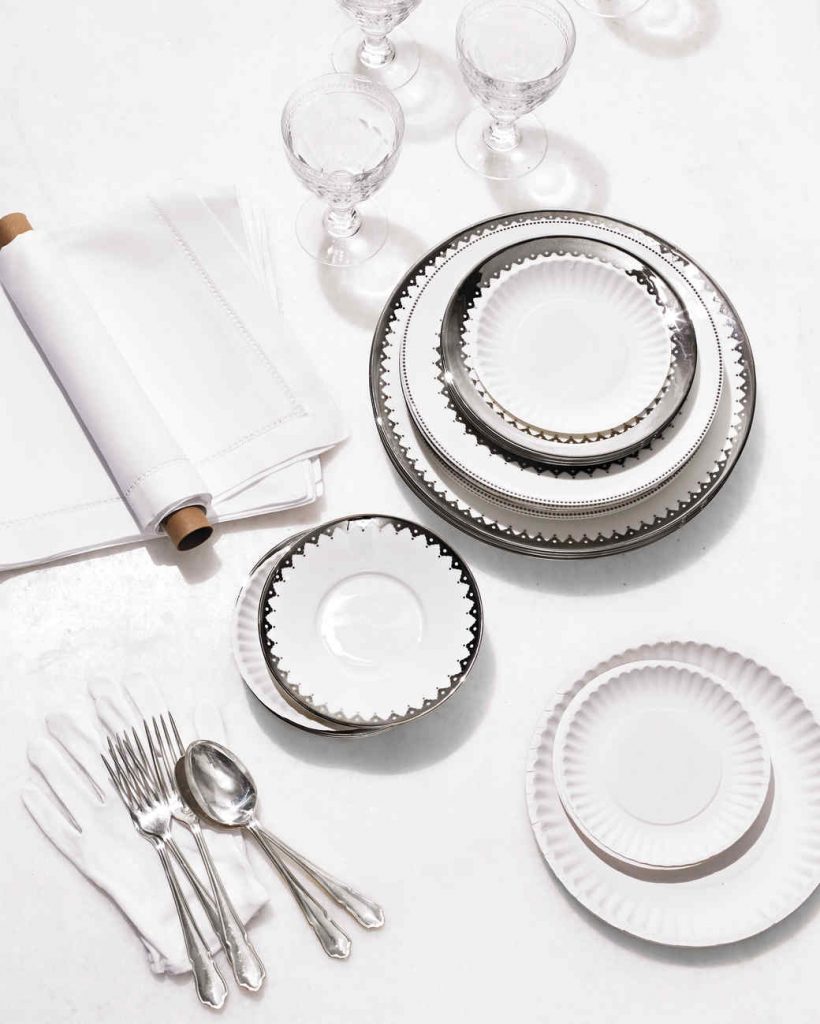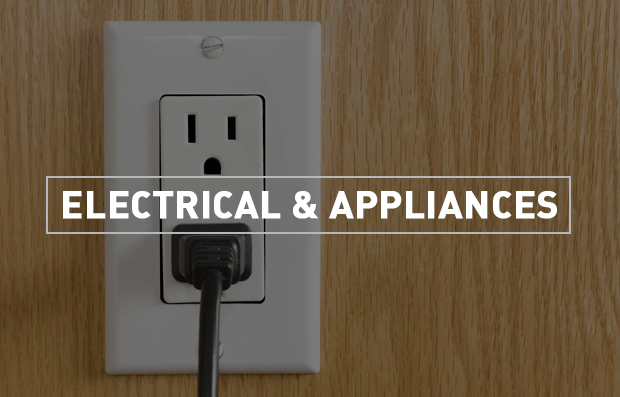Moving can be stressful. From sorting through what stays and what goes to purchasing a heap of supplies, it’s a journey. Literally. But it does not always have to be. At Rodeo Realty we pride ourselves on making your home experience as seamless as possible. Thats why we’ve narrowed down your moving and packing essential tips! Read below for a helpful handful of moving tricks and click the link at the bottom for your moving checklist!
1. Don’t hesitate on ordering a-lot of boxes…because you never know
It is better safe then sorry! Rather then get the bare minimum and have to last minute track down more boxes, bulk up on extra boxes. It will save you that extra time you can use towards a well deserved glass of wine after all the packing is finished.
2. Pack in all sizes
When picking out boxes, it is better to get a variety of sizes. You are likely to need more small and medium boxes rather then a heap of large ones. Grab a few wardrobe boxes, many medium and certainly a lot of small boxes.
3. Don’t forget the other moving supplies
Sure you’re all set on boxes but make sure you have enough tape to close them securely! More then what you think you will need is better then not enough. Make sure you grab packing paper and everything else you will need to ensure your items are packed safely and securely.
4. Keep your fragile items safe
Group delicate items together and make sure they are labeled as fragile so your movers know which boxes need extra care and a secure space in the van.
5. Paper packing
When packing you delicate items, avoid using newspaper as it can stain and smear. Instead go for the real deal and pick up packing paper to save yourself the ink scrub down on your fine china.
6. Bundle Breakables
As you pack your dishes, put packing paper around each one, then wrap bundles of five or six together with more paper. Pack dishes on their sides and never flat. Make sure to use plenty of bunched-up paper as padding above and below. Cups and bowls can be placed inside one another with paper between and rapped three or four in a bundle.
7. Consider other items that will need special treatment
Plasma TVs require special wooden crates for shipping if you don’t have the original box and can be ruined if you lay them flat. If packing yourself, double box your tv, setting the box containing the tv into another box that you’ve padded with packing paper.
8. Label your boxes
This is an easy but often overlooked step. Label each box so you know whats in it and in what room it goes. This will make the unpacking process a breeze.
9. Ditch the heavy load!
The heavier the item, the smaller the box should be! It is much easier to carry heavier items when they’re in smaller boxes. Save the larger boxes for things that are lighter but hard to carry on their own. And of course never over pack a box!
10. No packing on moving day!
Take on the busy day with ease by making sure all your boxes are packed already. It is less stress ! This includes removed pictures from the walls beforehand.
11. Put heaver items on the bottom of boxes add lighter items on top.
If you are loading the truck yourself, it is better to have your boxes properly proportioned. Another tip is to pack heavier boxes first and toward the front of the truck for balance.
12. Don’t leave empty spaces
Fill in the gaps with clothing , towels, or packing paper. Movers often wont move boxes they feel are loosely packed.
Packing with movers?
We have you covered here too!
1. Last in, First Out
Tell your movers which boxes you need first at your new home and they will load the moving truck accordingly.
2. Keep your most important things with you
Don’t pack jewelry or medication–keep these with you. You might need to access them on moving day and its nice for the movers if they know they don’t need to worry about keeping track of these small items.
3. Sort out the details ahead of time
Make sure you know where you movers can park. This is LA and we know how parking is. Visit the parking enforcement page head of your move in case you need to obtain a permit.
4. Prep your furniture
Remove all heavy and breakable items from dressers and desks so they are easier to lift.
5. Moving fine art?
Ask your movers about special crating for you prized positions. Never wrap an oil painting in regular paper. For pictures that are framed behind glass, make an X with masking tape across the glass to strengthen it and hold it together if it shatters.
Need a checklist to get you through the big day? Click here for Rodeo Realty’s Moving Checklist and check those moving jitters off your list!




